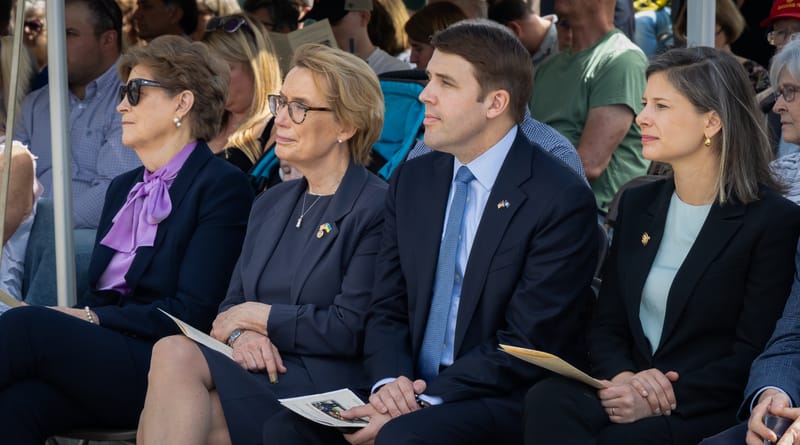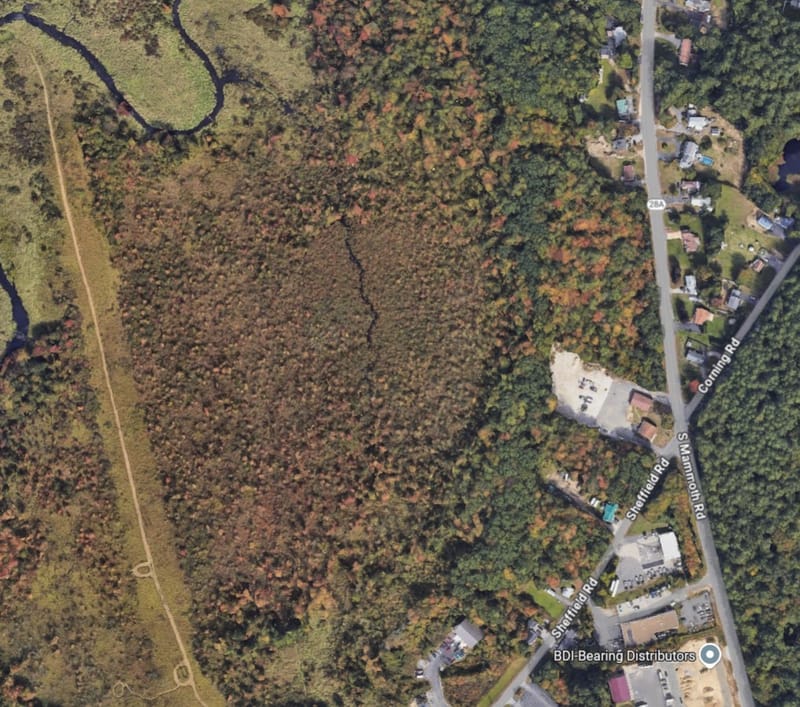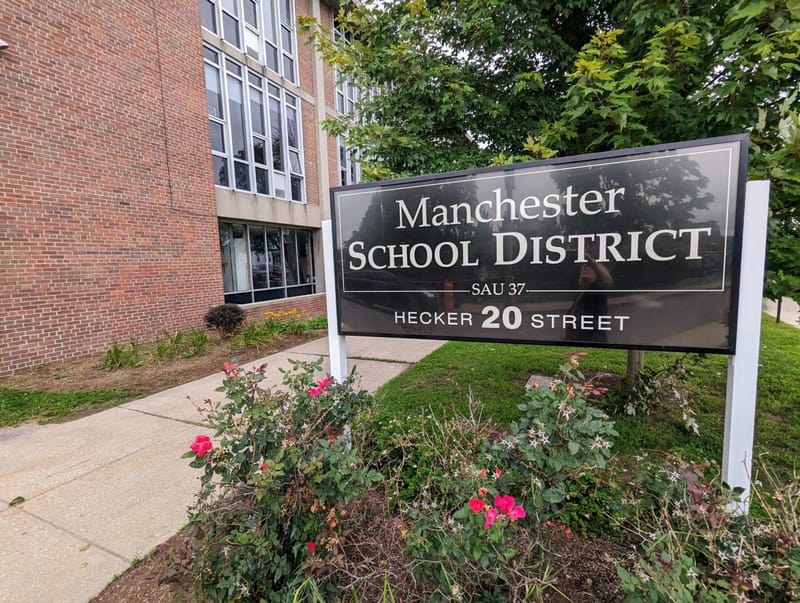Cyclist concerns dominate Amoskeag hearing
Just a stone’s throw away from the Amoskeag Bridge, a public hearing describing alternatives on how to best repair that aging bridge transformed into a discussion on what it might become.
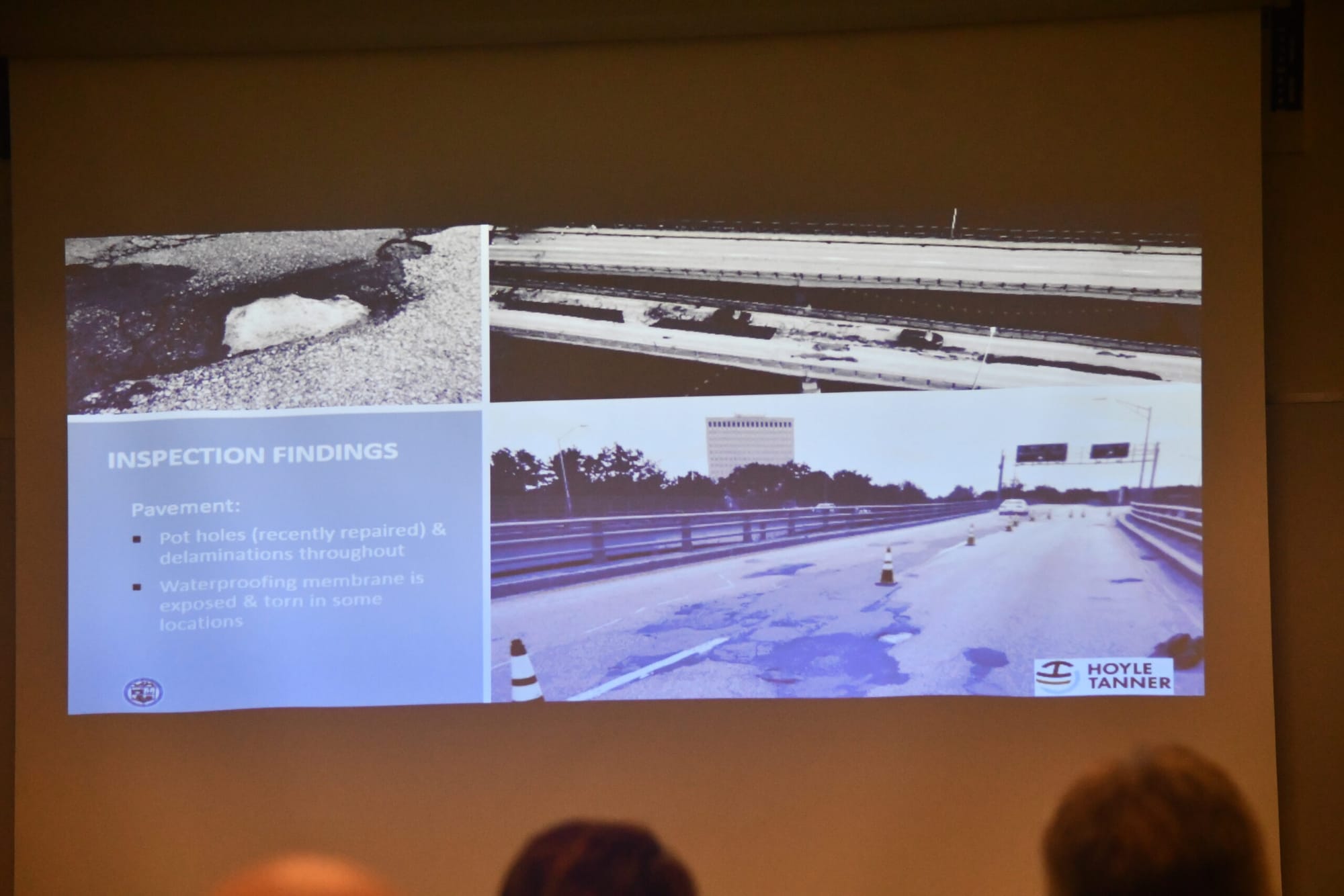
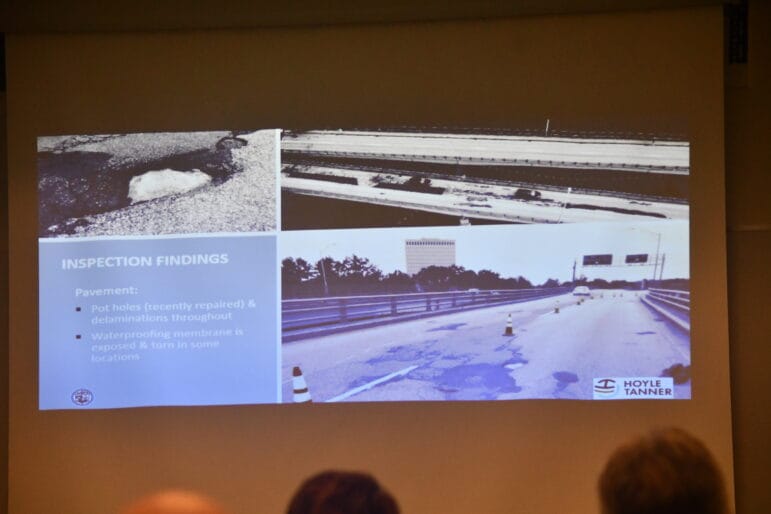
MANCHESTER, N.H. – Just a stone’s throw away from the Amoskeag Bridge, a public hearing describing alternatives on how to best repair that aging bridge transformed into a discussion on what it might become.
Representatives of the City of Manchester and the Manchester-based Hoyle, Tanner, and Associates architectural firm were on hand at the Carol Rines Center on Monday to gather public input on two options to rehabilitate the eastbound portion of the bridge, which was built in 1970 and is currently on the state’s “red list” bridges. It has been rehabilitated several times by Hoyle, Tanner and Associates over the past 30 years, but requires significant rehabilitation before the end of its expected lifespan in 2030.
The first option presented would repair the bridge’s deck, specifically the deck’s pavement, waterproofing membrane, and expansion joints along with some other items. The second option would replace the deck completely. Representatives giving the presentation on the rehabilitation recommended the second option, stating that it would cost approximately $12 million and last for 60 to 100 years versus the first option, which would cost approximately $8 million and last for 10-15 years. Currently, 80 percent of the funds for the rehabilitation will be borne by the state and federal governments, although the project will be overseen by the city government.
Although the second option would take longer for construction, both options would close the eastbound portion of the bridge and offramp onto Canal Street for much of 2025, using one lane of the westbound portion of the bridge for eastbound traffic.
However, members of the public at the presentation focused primarily on the lack of information on how the rehabilitated bridge would accommodate non-motorized transportation, a component of the city’s recently completed master plan. Frustration regarding the lack of discussion over safety for cyclists on the bridge, referred to jokingly during the meeting as “Amoskeag Roulette”, with one member of the audience stating that one cyclist friend moved out of Manchester, citing stress from her lack of a car and a need to travel of the bridge frequently with a bicycle. Others expressed concern that the matter of cyclists must be addressed now if the second option was put in place, delaying potential action for decades.
It was indicated that when the bridge was constructed, material costs were much higher than they are now and the bridge could not safely be expanded from its current width of 28 feet eastbound and 28 feet westbound.
Creating an entirely new bridge to incorporate Complete Streets engineering would cost $100 million and require approximately 10 years of review for state and federal funding, with the funding not certain given the numerous other bridges in the city. Other ideas discussed included making one direction of the bridge be just for non-motorized traffic, closing off a lane of the bridge just for non-motorized traffic and separating it from car lanes with bollards or building a non-motorized vehicle and pedestrian bridge among others. Estimated costs for the non-motorized vehicle and pedestrian bridge were put at $20 to $30 million.
It was also indicated that non-motorized engineering alternatives for the bridge could be tied into a proposal for the New Hampshire Department of Transportation’s Transportation Alternatives Program that seeks to add intermodal transportation options for the nearby Canal Street area.


